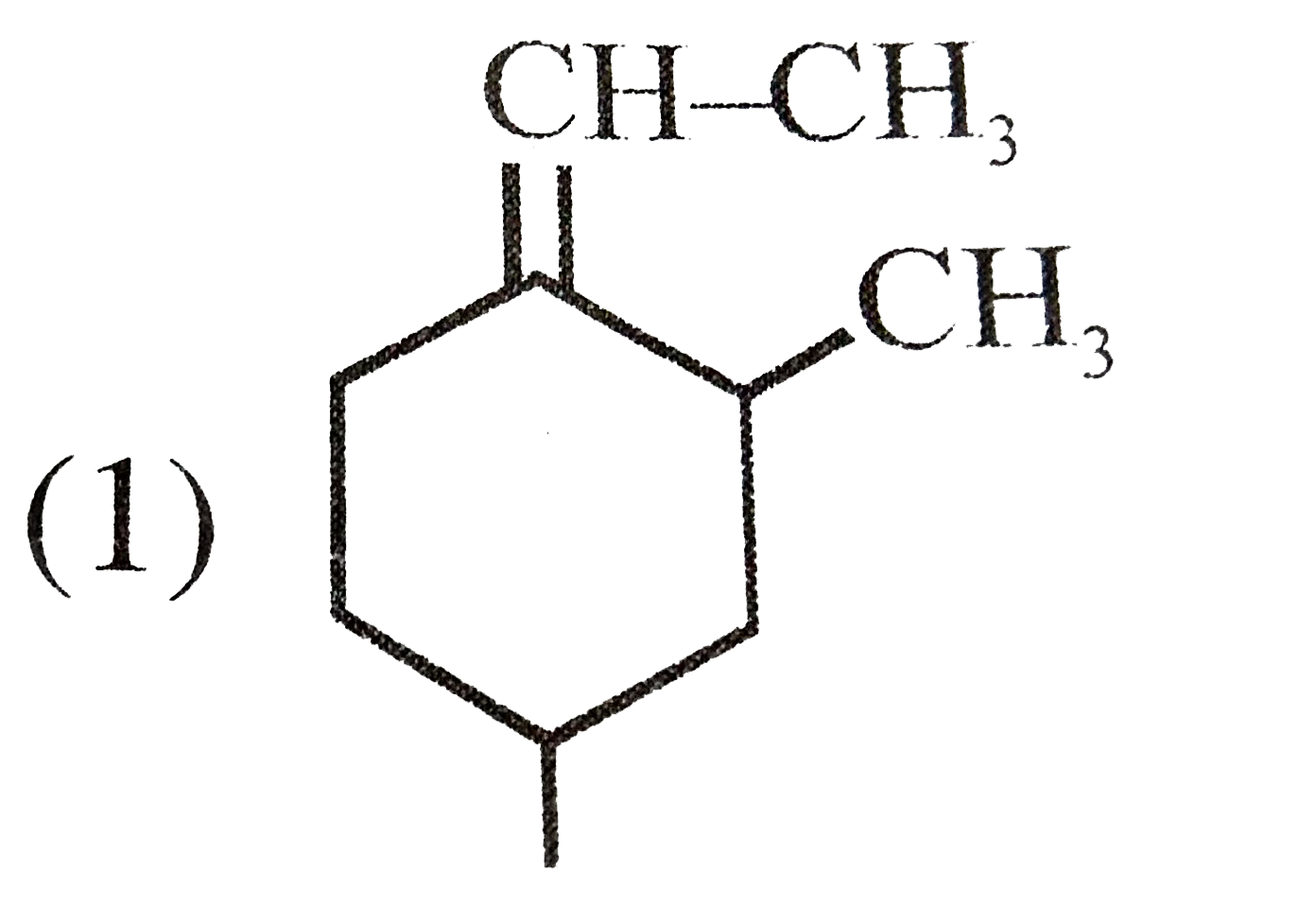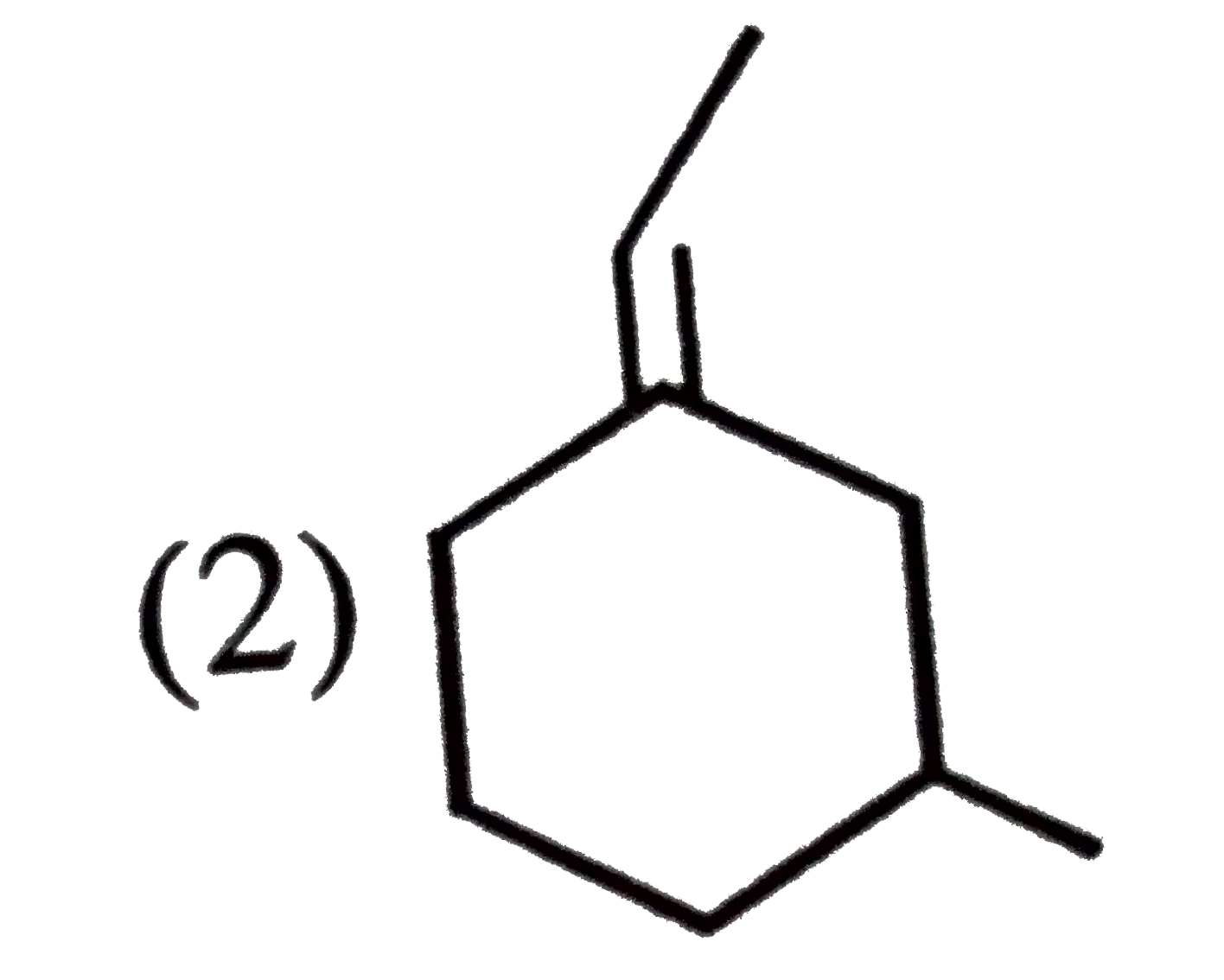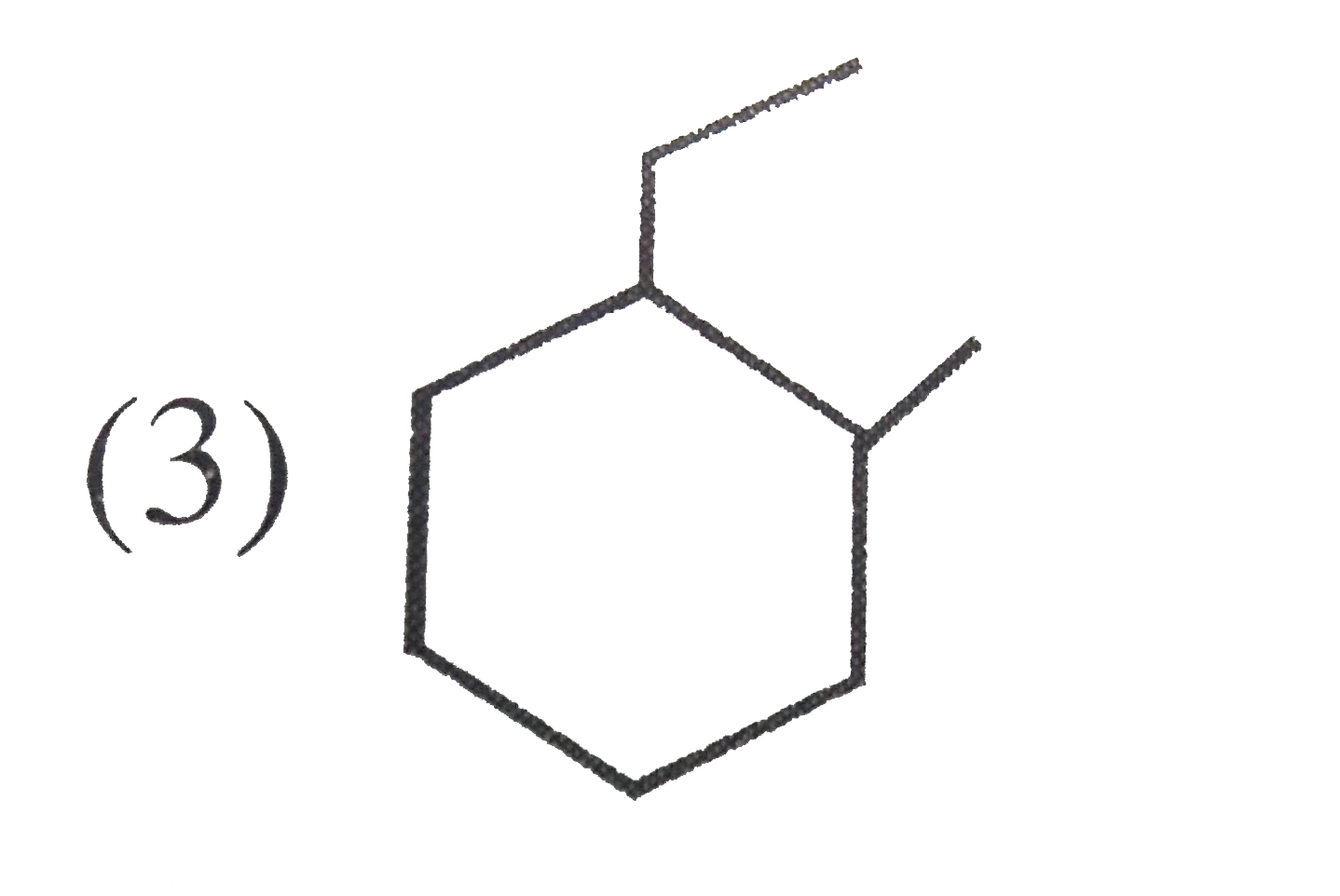A
B
C
D
Text Solution
AI Generated Solution
The correct Answer is:
|
Topper's Solved these Questions
CHEMISTRY AT A GLANCE
ALLEN|Exercise INORGANIC CHEMISTRY|300 VideosView PlaylistChemical Equilibrium
ALLEN|Exercise All Questions|30 VideosView PlaylistELECTROCHEMISTRY
ALLEN|Exercise EXERCISE -05 [B]|38 VideosView Playlist
Similar Questions
Explore conceptually related problems
Knowledge Check
A
B
C
D
Submit
A
B
C
D
Submit
Similar Questions
Explore conceptually related problems
ALLEN-CHEMISTRY AT A GLANCE-ORGANIC CHEMISTRY
- How many stereoisomers are possible in this compound ?
04:25
|
Play - Which of the following biphenyl is optical active:
03:36
|
Play - Which of the following is optically active
03:29
|
Playing Now - Which of the following can be a meso compound
04:27
|
Play - The most stable conformation of Butane is
03:17
|
Play - Which of the following can show conformational isomerism:
03:36
|
Play - Number of stereoisomers of the given compound is CH(3)-CH=CH-underse...
04:01
|
Play - How many structures of aldehydes are possible for molecular formula ...
03:16
|
Play - Which of the following can show both tautomerism and optical isomerism
05:20
|
Play - Which of the following compound will show optical isomerism
03:03
|
Play - Which of the following molecule has non-superimposible mirror images ?
01:58
|
Play - What is relation between following compounds CH(3)-CH(2)-underset(CN...
03:54
|
Play - The E-isomer among the following is:
06:27
|
Play - One among the following will not show geometrical isomerism
05:26
|
Play - The optical inactivity of meso - tartaric acid is because of
04:21
|
Play - Which of the following will not be able to show optical isomerism (ena...
06:33
|
Play - The molecules represented by the following two structures are
03:03
|
Play - Correct order of pKa is :
03:52
|
Play - Correct order of acidic strength:
03:33
|
Play - pK(a) increases in benzoic acid when substituent ''x'' is bonded at pa...
05:58
|
Play









